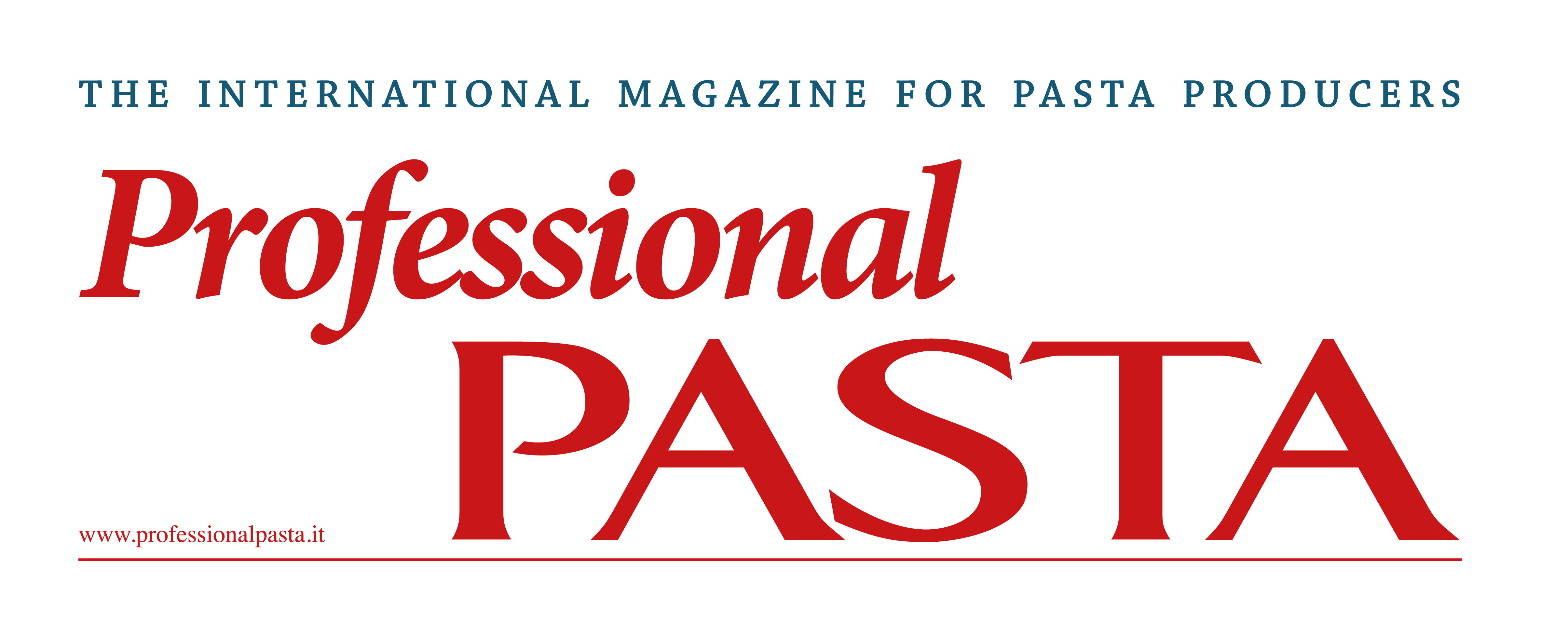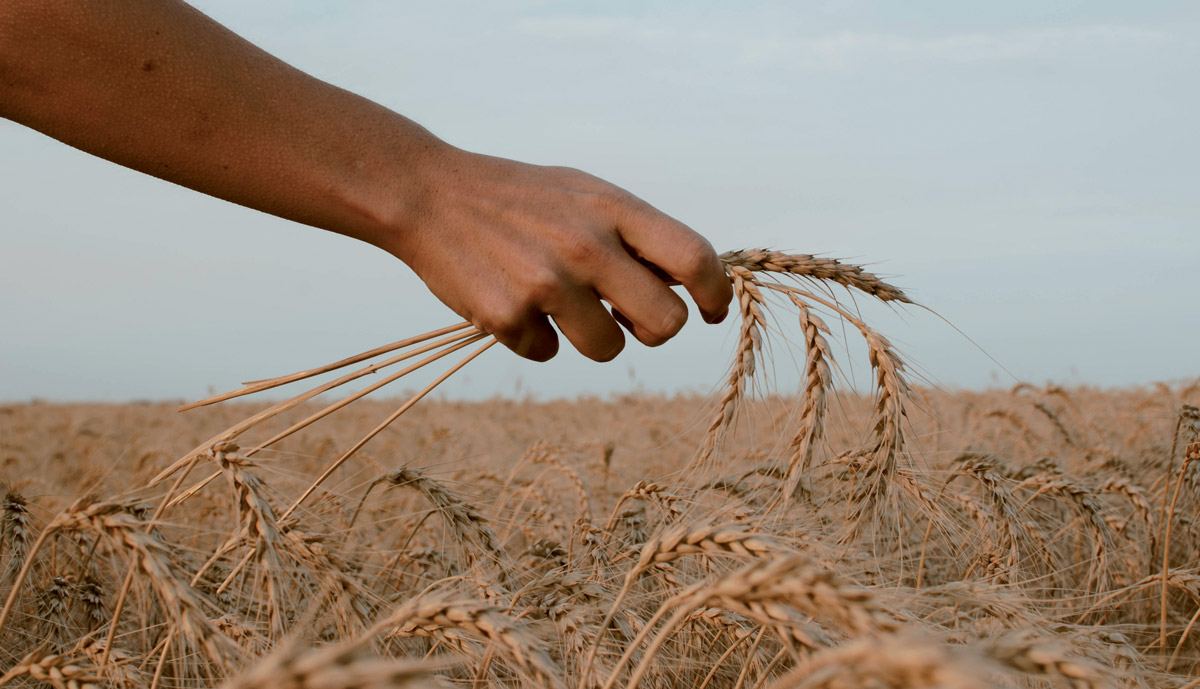Pasta and sustainability: planning and business
The environmental impact of the production and consumption of pasta has been the subject of in-depth analyses for years. Important elements of the studies include the use of water and of gas for cooking, which LifeGate calculated to be 38% of the total carbon footprint. Limiting discussions on sustainability to environmental aspects is reductive and misleading. The integrated approach to sustainability, which includes environmental, economic and social aspects, dates back to 1992 (Earth Summit, Rio de Janeiro). It took several decades for this approach to be widely adopted. Today, both institutions and consumers have expectations and act according to a wider meaning of sustainability. This, naturally, includes the protection of the environment, but also the analysis of financial actions and the improvement of the social impact. There are many aspects of sustainable food production to be taken into account, such as the effects on health, nutrition and biodiversity. Effects on local economy, such as the development of local expertise and other social-cultural implications should also to be taken into account.
The three Ps of sustainability
The idea of the three fundamental Ps of sustainability (People, Planet, Profit) were developed in the early 90s. While the first two are easy to understand, there has been some confusion about the third P: Profit.
Subscribe to the magazine to read the full article








